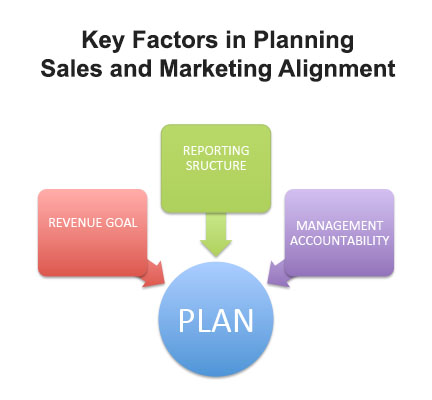 We’ve been looking at the importance of lead quality and lead quantity, starting with the first post in this series.
We’ve been looking at the importance of lead quality and lead quantity, starting with the first post in this series.
This time we focus on 4 resources to help you align efforts in your organization to get better leads.
It may seem that the lead quality vs. lead quality debate is out of your control. Marketing believes it is attracting the right kind of customer, but Sales blames Marketing for sending bad leads. Arguing against each other doesn’t work, but still, many people do it, either out loud or under the radar.
As we saw in the previous post, lead quality is a top priority for business executives. The whole organization’s success depends on it. The resources you have to address this problem may be closer than you think. These are the first 4 of 7 tools to help you stop the back-and-forth between teams, and develop solutions that work for everyone and produce better leads:
1) Assign Who is Responsible for Resolution.
The buck stops where? Management’s role is to lead consensus between Sales and Marketing.
The executive who is responsible for sales and marketing is uniquely positioned to provide a neutral forum and sense of perspective.While it depends on company size and corporate culture, the executive with direct oversight over Sales and Marketing should ensure that sales and marketing goals and company targets are met.
2) Make Realistic Expectations.
Goals and expectations are necessary. Base them on real data.
Make your expectations realistic.Is it realistic? Many times it is not and the annual lead number to reach revenue goals become unrealistic as well.
Once an annual revenue number is determined, setting sales and marketing “lead” goals should tie into the annual revenue number. However, if the annual revenue number is unrealistic, it is highly likely that the number of qualified leads generated to form the pipeline is unrealistic.
3) Have a Clear Reporting Structure.
Depending on the organization, Sales Development may report to Sales, Marketing or both.
Sales Development is traditionally responsible for outbound prospecting and follow-up with inbound marketing leads. The function of Sales Development is to qualify potential buyers to fill the sales pipeline, and provide a predictable revenue stream to aid sales in meeting their revenue goal.
Reasons vary from company to company in deciding whether Sales Development reports to Sales, Marketing, or both. It is imperative that wherever it reports, the dollars and resources are allocated and committed for this function to succeed.
The reporting structure for Sales Development should be clearly defined, whether it is organized under Sales or Marketing.
4) Plan to Succeed.
Do you have a plan?
Your ability to align sales and marketing depends on a good understanding of three factors:
- Knowing who determines and enforces sales and marketing accountability
- Knowing the realistic annual revenue numbers that you have determined and agreed upon
- Using the approved reporting structure for sales and marketing personnel
A well developed plan is necessary to monitor success.
Benjamin Franklin said it best: “If you fail to plan, you are planning to fail!”
This is a brief excerpt from our downloadable eBook Solve the Sales and Marketing Debate Get Better Leads 7 Tools to optimize lead quality. Subscribe to receive our next update for details about the first 4 steps to help you optimize lead quality and improve ROI of your sales and marketing efforts.
Friends update their friends: Share your reading with a click —

